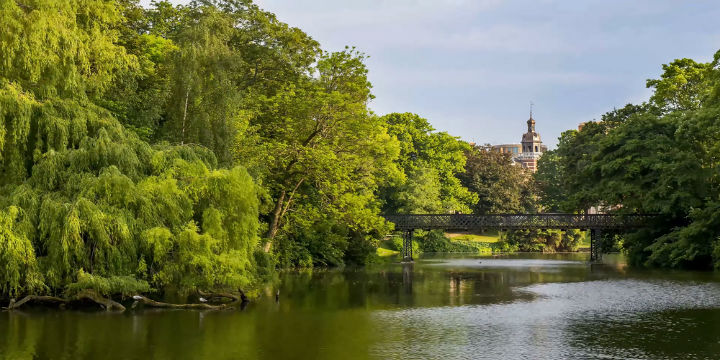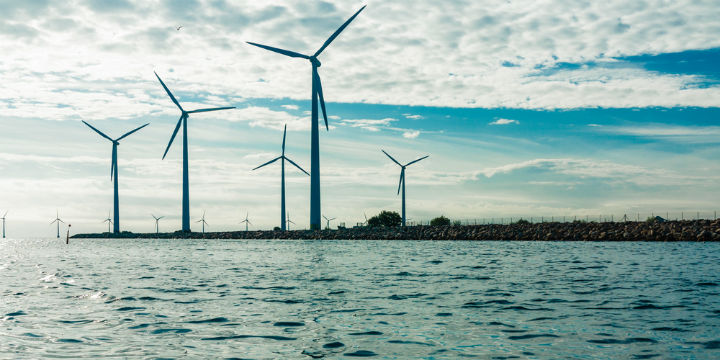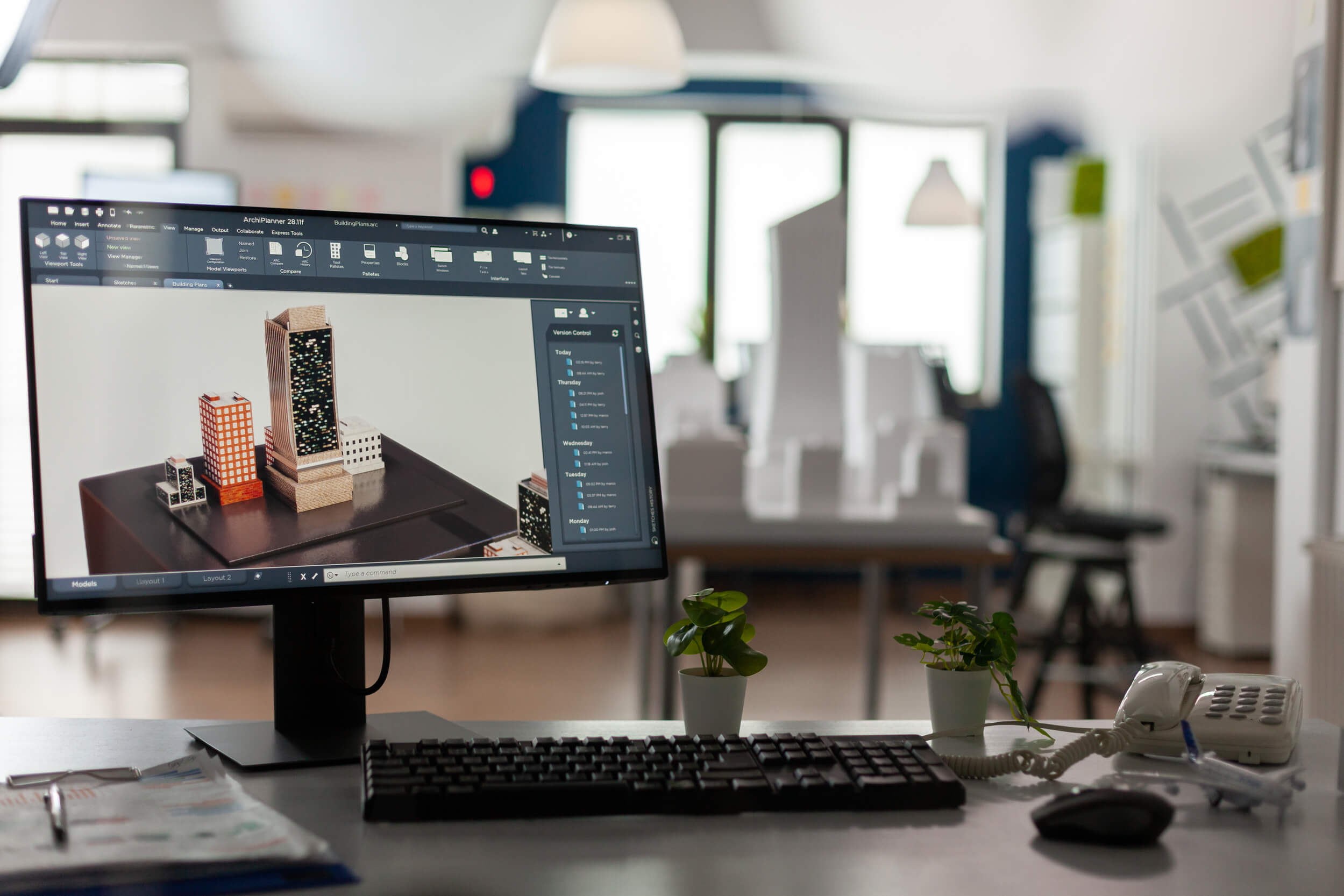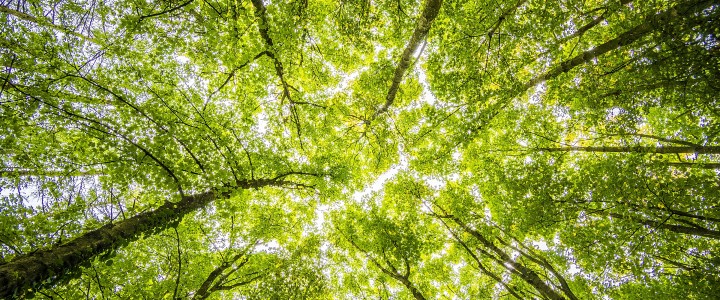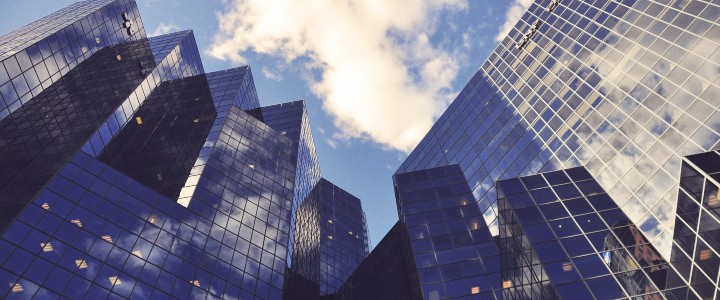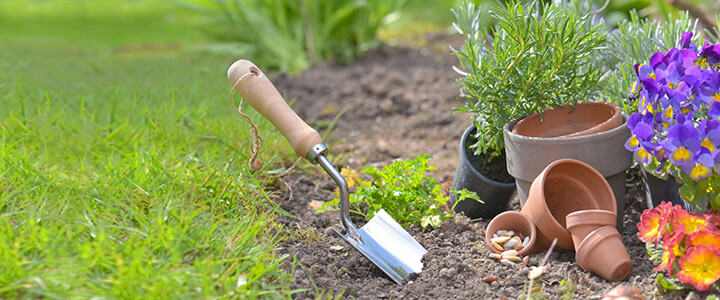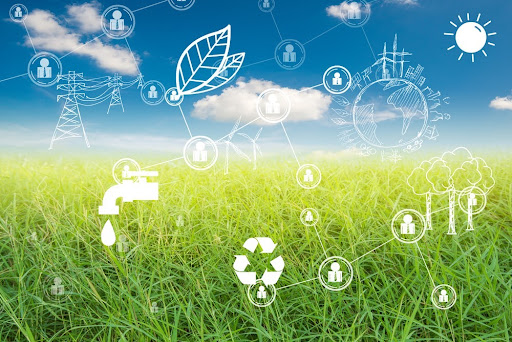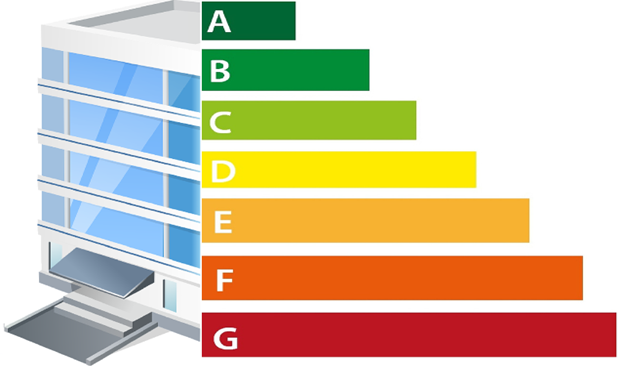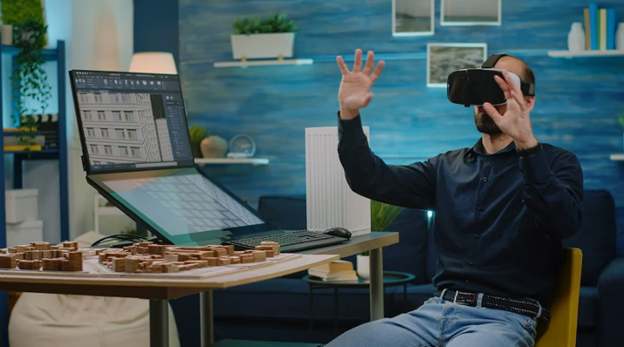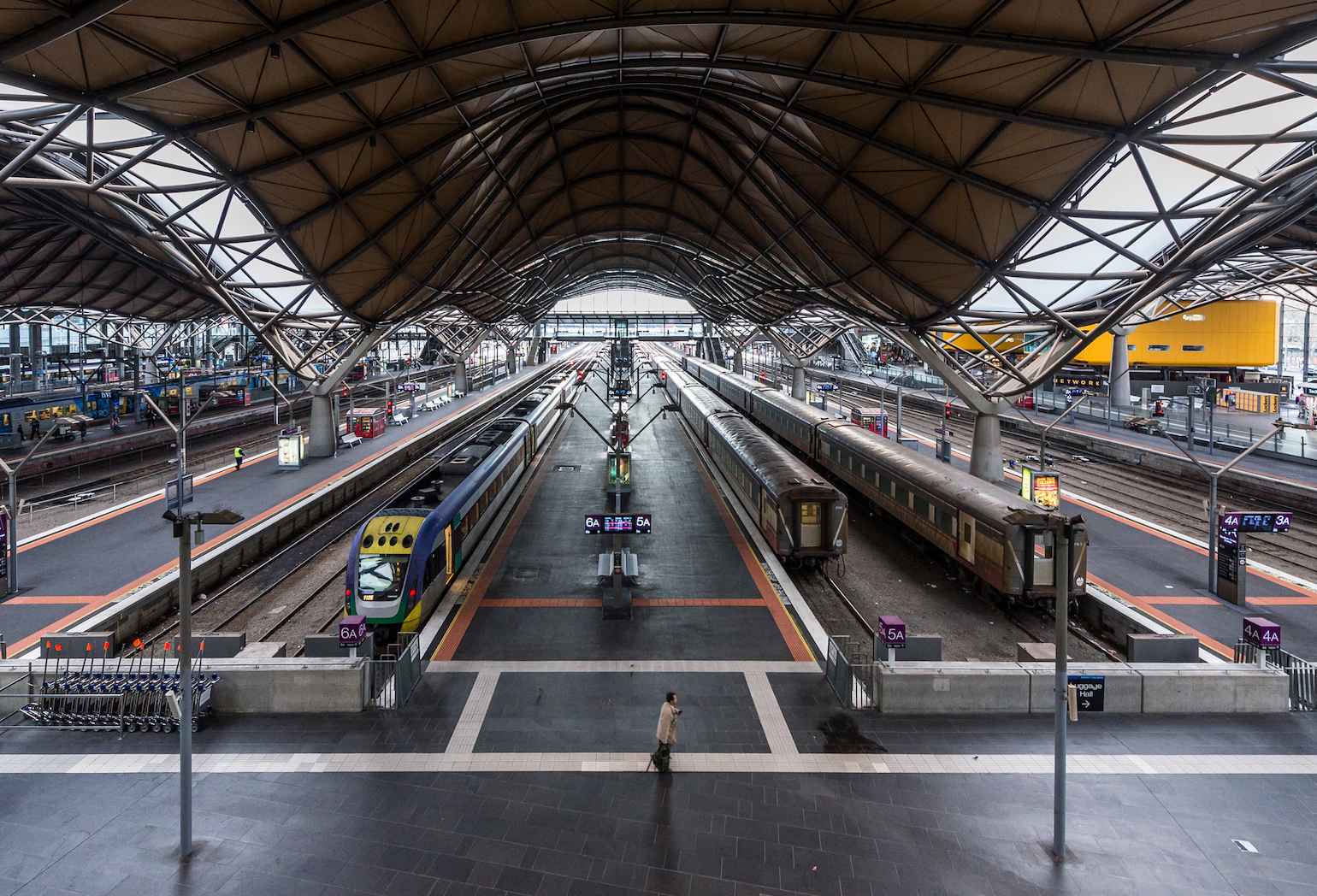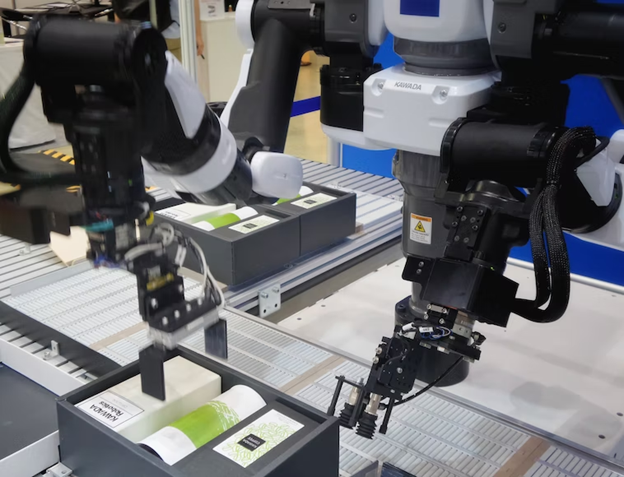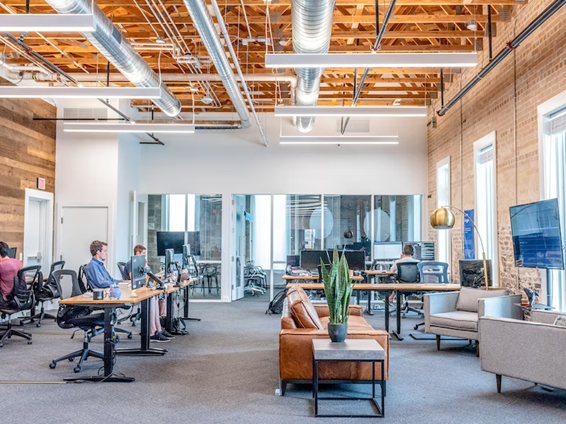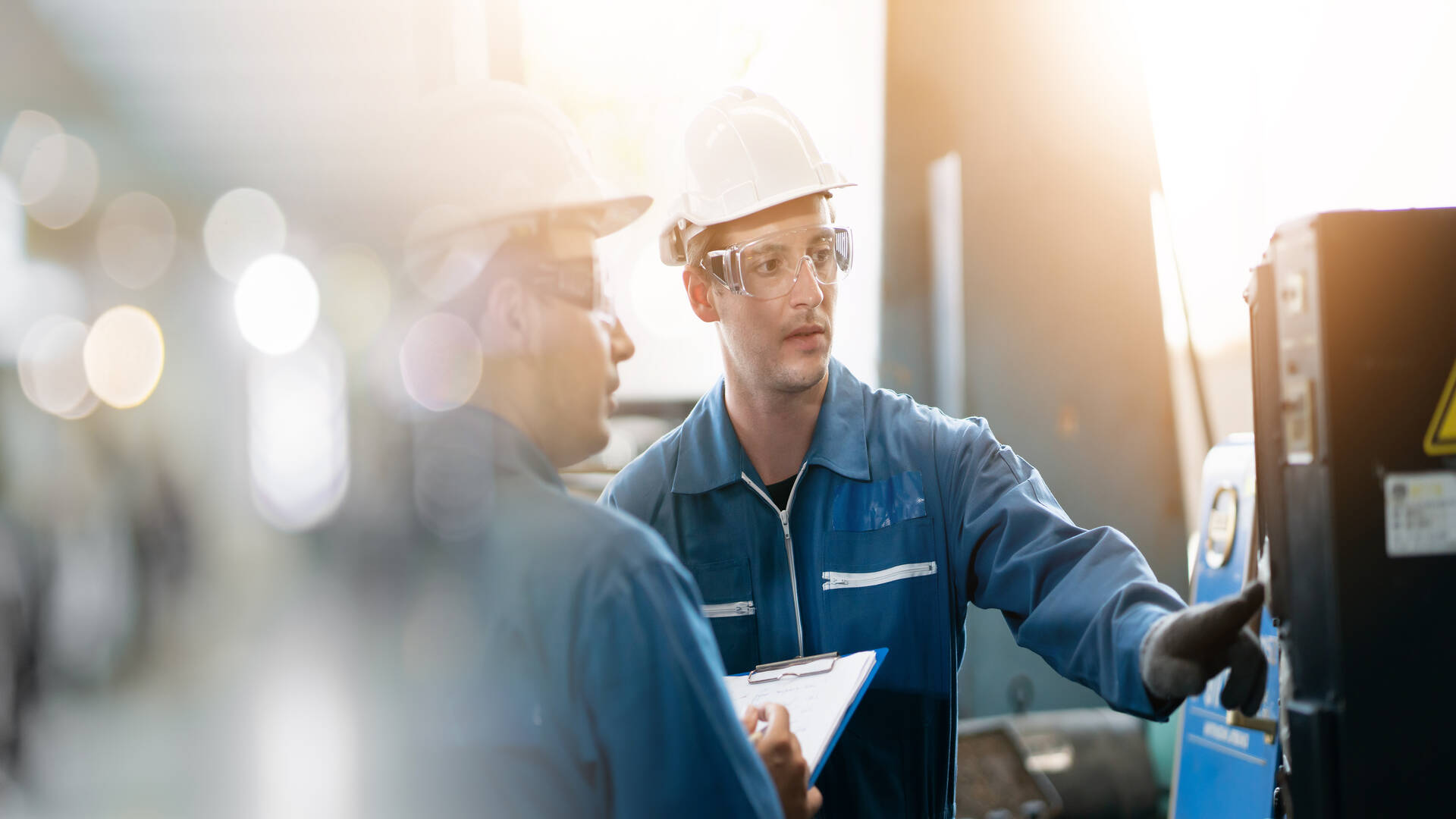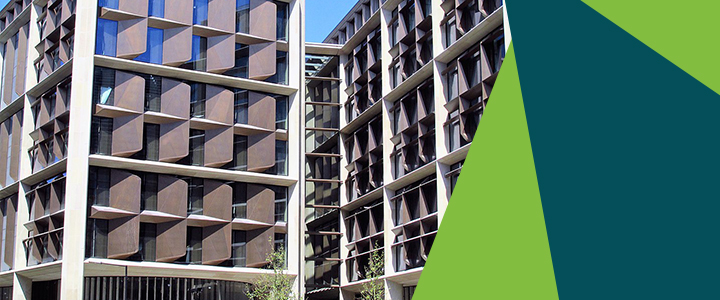6 Ways to Make Cities More Sustainable for Better Living
Cities are the epicenters of modern life. There is nowhere more exciting to be, whether you live there or only go to visit. However, the influx of people and the constant needs they have puts pressure on everything there. The infrastructure is designed to withstand it, but our planet cannot adapt as easily. Lessening the impact of humanity requires us to use every tool we have available, and that includes making cities more sustainable.
The more sustainable cities become, the more the idea will spread into less populated areas. It helps to give green businesses a foothold, decrease the prices of new technologies, and work out the kinks in them. It also helps to decrease resistance to change, which is something all people do. With that in mind, read on to learn about six ways cities can make big changes.
-
Create Green Areas
One of the first things you notice when you visit a city is all the black and gray. While many buildings are beautiful, few things can beautify an area like greenery.
Singapore has become famous for the amount of greenery they have managed to squeeze into their city. It’s known as one of the greenest cities in the world, and the greenest city in Asia. They have dedicated hectares to public gardens, use rooftops to channel rainwater and airflow to the plants and use rooftops and balconies as miniature gardens throughout the city.
-
Encourage Public Transit
People driving individually helps contribute a significant amount to greenhouse gas emissions. Public transportation has been greeted in other counties with enthusiasm, but Americans still have difficulty with it.
To that end, upgrading the mass transit options within a city can only be beneficial. It does decrease fossil fuels and emissions, but it’s also a safer way to travel and helps reduce traffic jams.
-
Preserve Historic and Natural Sites
Historical sites are much more than old relics. They add a great deal of personality to a city, and can bring in some tourism. Preserving natural areas can do the same, while also working to counter the effects of all the people.
Creating more green is good, but preserving native habitats is easily the best option. Even having that much concrete, asphalt and steel creates a variety of problems, like increased heat and water runoff. Keeping areas free of manmade coverings can help with those issues.
-
Make Buildings Better
The more efficient a building is, the less fossil fuels it has to use. Simple fixes like replacing old windows and changing air filters are easy and cheap to do. Small companies can invest in keeping electronic documents instead of using paper — which a surprising number of businesses still do! Businesses can also unplug or flip the breakers on unnecessary equipment overnight.
But simply investing in upgrading the heating and cooling systems, and making sure buildings are well insulated, could make a huge difference. Saving that lost energy could reduce energy costs by 30% or more. That’s definitely worth looking into!
-
Double Down on the Power Grid
There are many ways to generate power. While gas and coal are the biggest in the US, that can change quickly. Water isn’t a scary method, and it acts as a large battery for the power grid. It stores power when it’s not needed and releases it when it is.
Other kinds of these “battery stores” are also available, in the form of compressed air or even flywheel farms. The city itself can promote this technology simply by helping to make people more aware of it.
-
Use the Technology
As more businesses invest in green practices, new technologies are constantly emerging. Instead of taking the fastest way to work, learn which one uses the least amount of gas. Technology has also been used to sound the alarm, sometimes for environmental emergencies. The oil spill that occurred near the Standing Rock protest made headlines, in part because of social media. Social media was also how Flint, Michigan made national news and eventually became a state of emergency.
If you live or work in a city, you’ll only benefit from working towards a more sustainable area. Greenery can help to lower stress, upgraded buildings cost less in repairs and new technology has saved lives. If you aren’t part of the city government, call them. Ask them about their green initiatives. If they don’t have any, now you can recommend some!
About The Author:
 Megan Ray Nichols is a freelance science writer and editor of Schooled By Science. Megan enjoys discussing space exploration and advances in space technology. She is a regular contributor to The Energy Collective and Women of Green. Subscribe to her blog for the latest news and follow her on Twitter to join the discussion.
Megan Ray Nichols is a freelance science writer and editor of Schooled By Science. Megan enjoys discussing space exploration and advances in space technology. She is a regular contributor to The Energy Collective and Women of Green. Subscribe to her blog for the latest news and follow her on Twitter to join the discussion.

